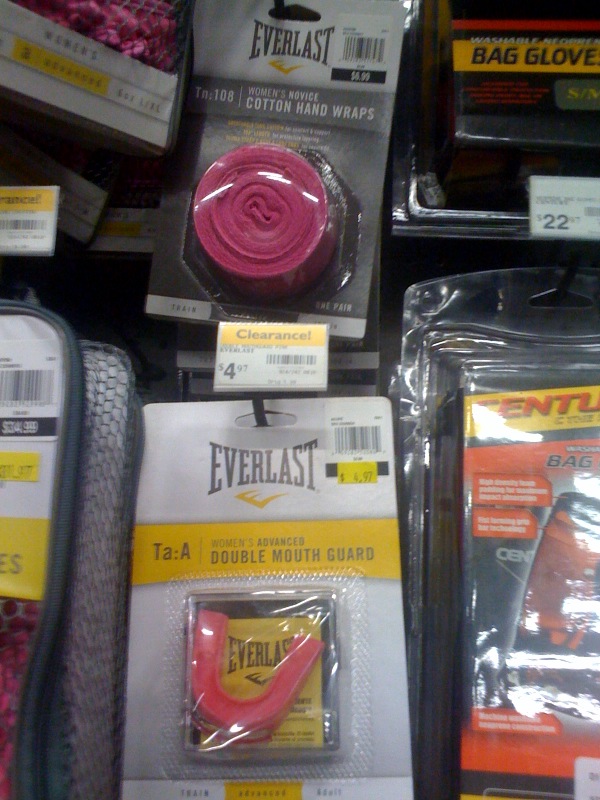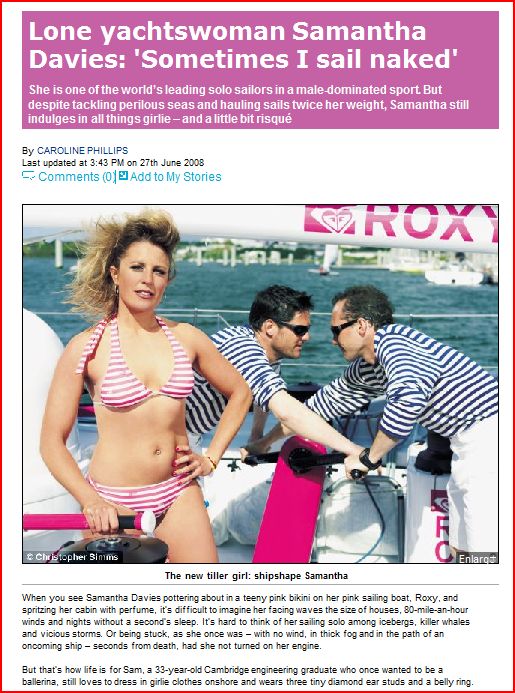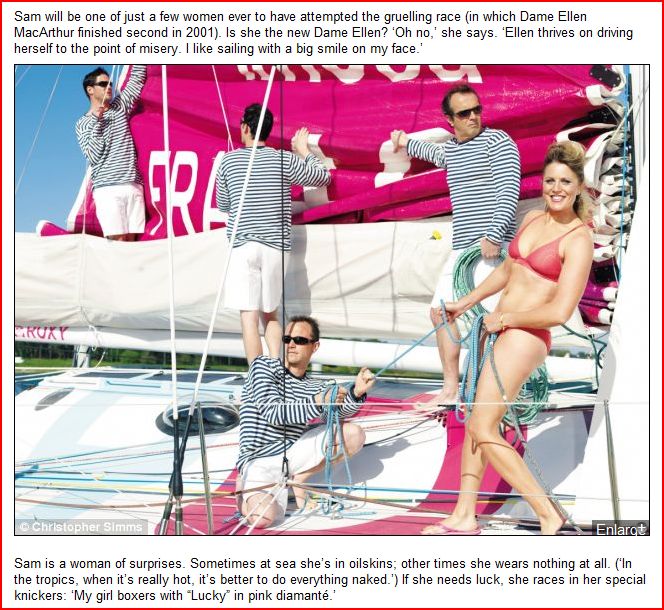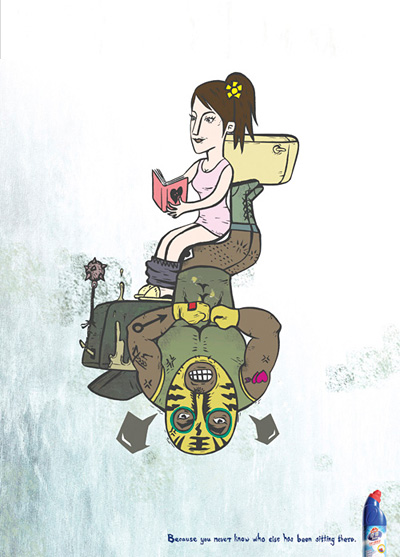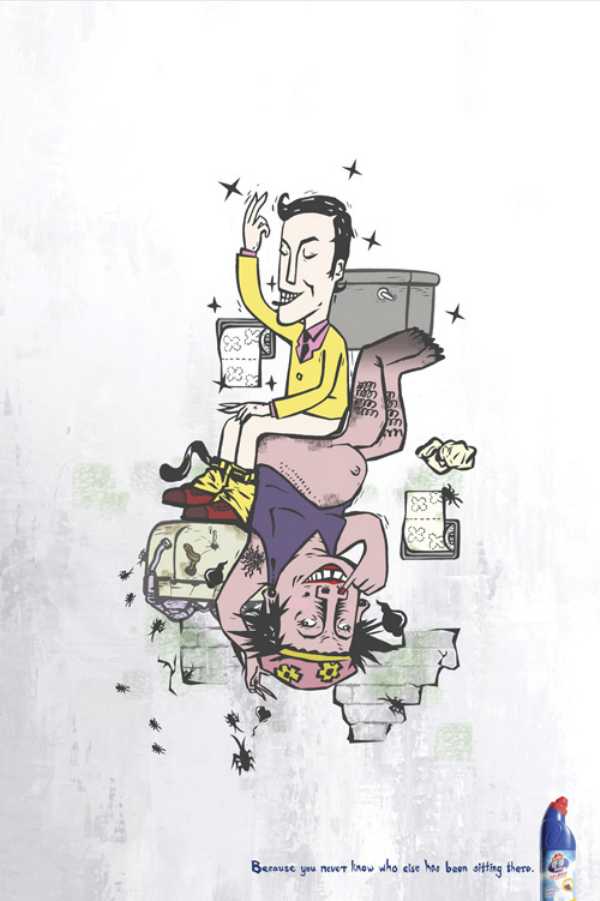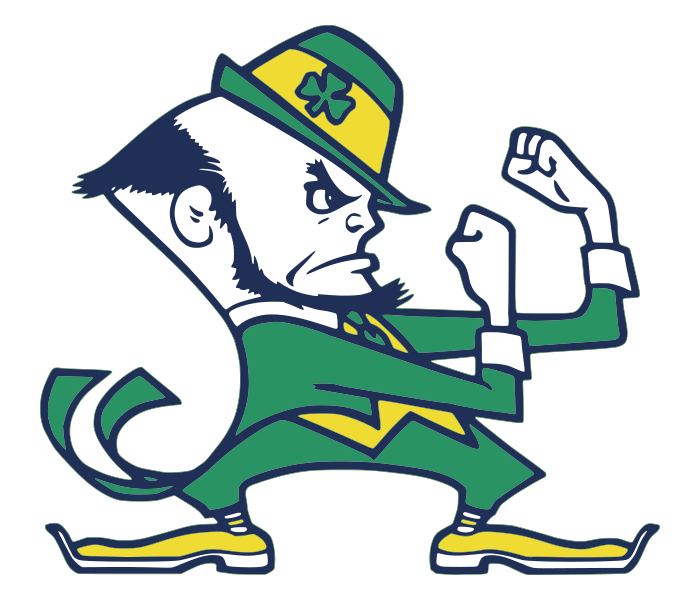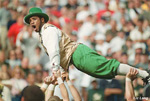Breck C. encouraged us to post about photographs of body building women from a new book. When Feministe and Boing Boing posted about them it, predictably, prompted a rash of comments to the effect of “those women are gross/disgusting/unattractive.”
I think Roy at No Cookies For Me says it best:
It doesn’t matter if you find those women attractive or not. They’re very likely not doing it for you. That you find body building “grotesque” is completely beside, behind, or even miles away from the point. Nobody gives a shit that you find it disgusting. If you find it disgusting? Don’t do it. [And n]obody is trying to make you become or date a body builder…
Nicely put. This reflexive judging of women’s attractiveness reveals the entitlement that many feel to be aesthetically pleased by women’s appearance and, thus, the expectation that women owe it to the world to be attractive (as the world defines it, of course). It also demonstrates the related idea that women are, first and foremost and no matter what else they do, sexual objects.
Lisa Wade, PhD is an Associate Professor at Tulane University. She is the author of American Hookup, a book about college sexual culture; a textbook about gender; and a forthcoming introductory text: Terrible Magnificent Sociology. You can follow her on Twitter and Instagram.













